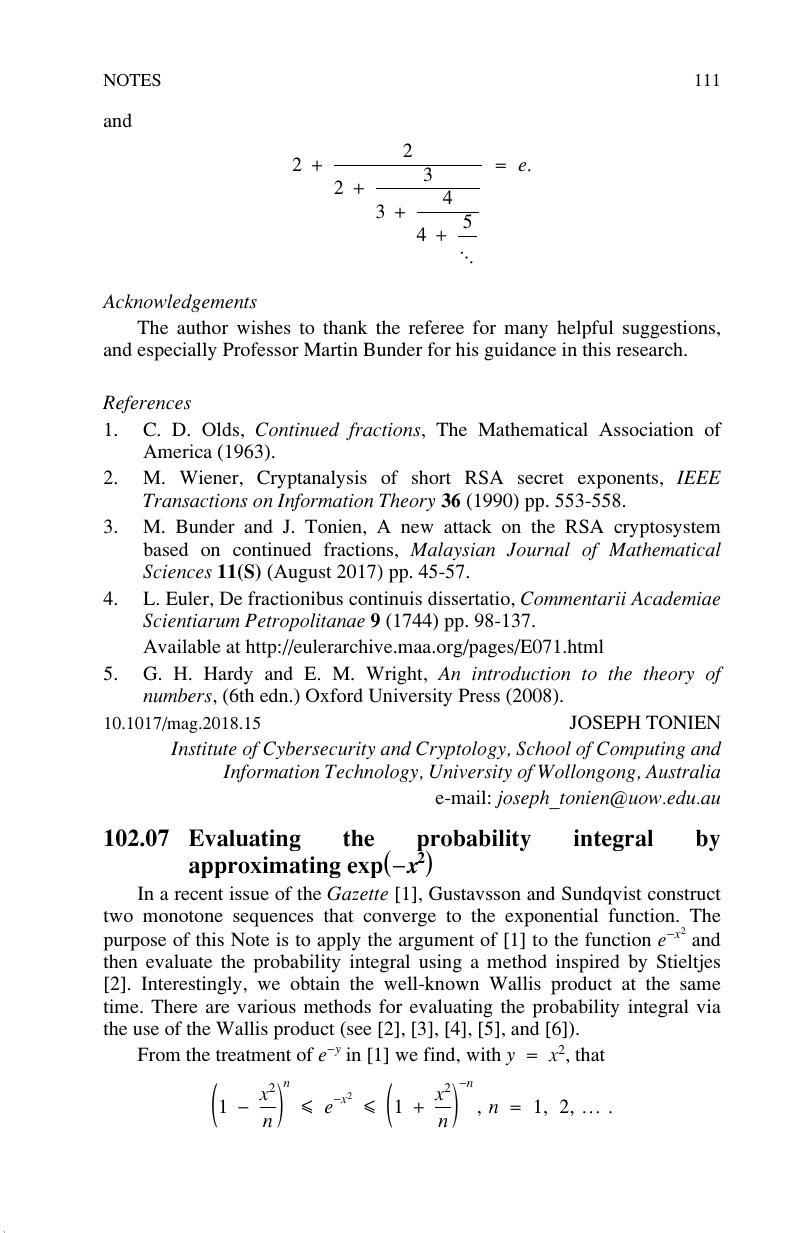Crossref Citations
This article has been cited by the following publications. This list is generated based on data provided by Crossref.
Mercer, Peter R.
2023.
A Compact Capstone Course in Classical Calculus.
p.
51.



